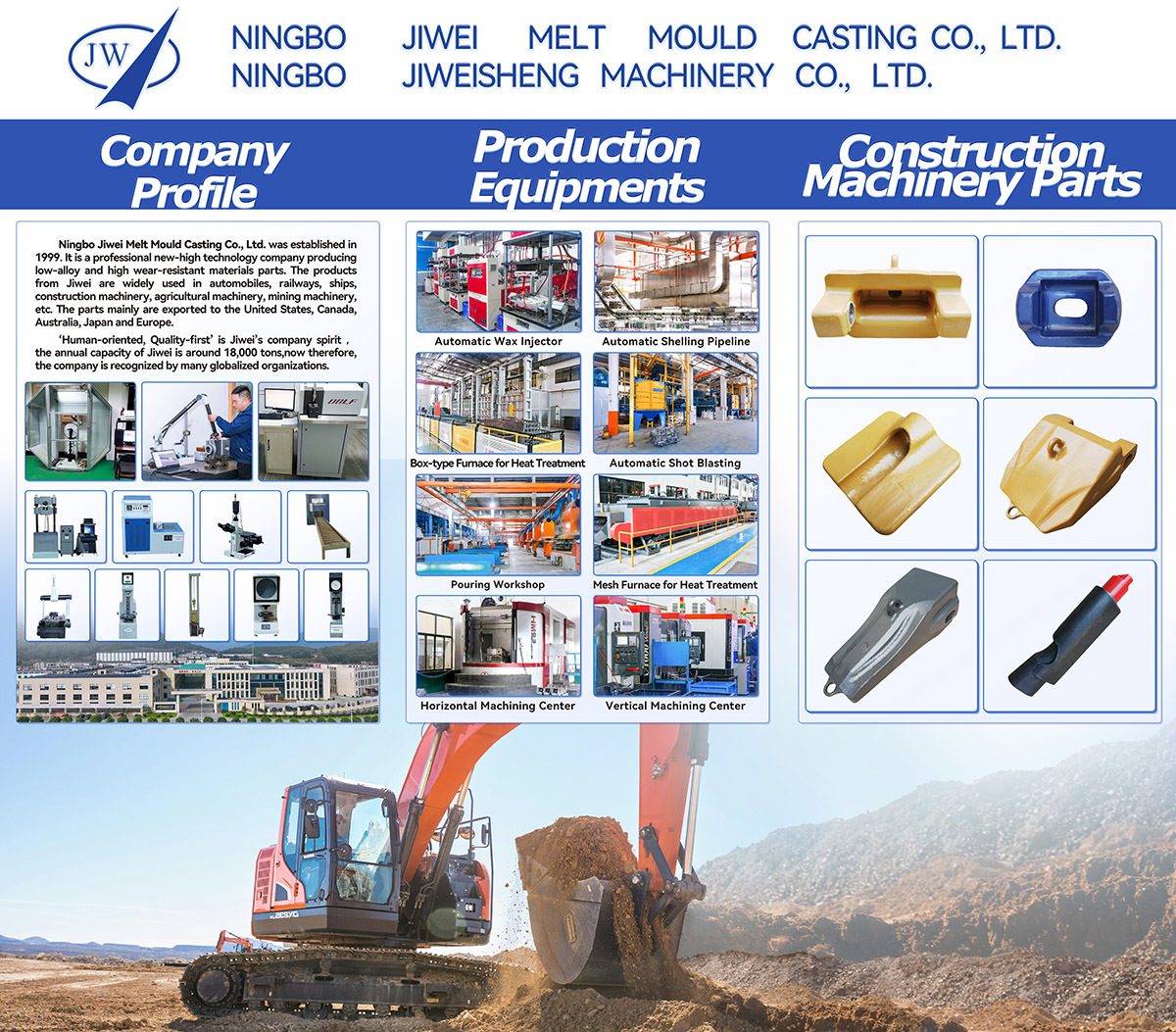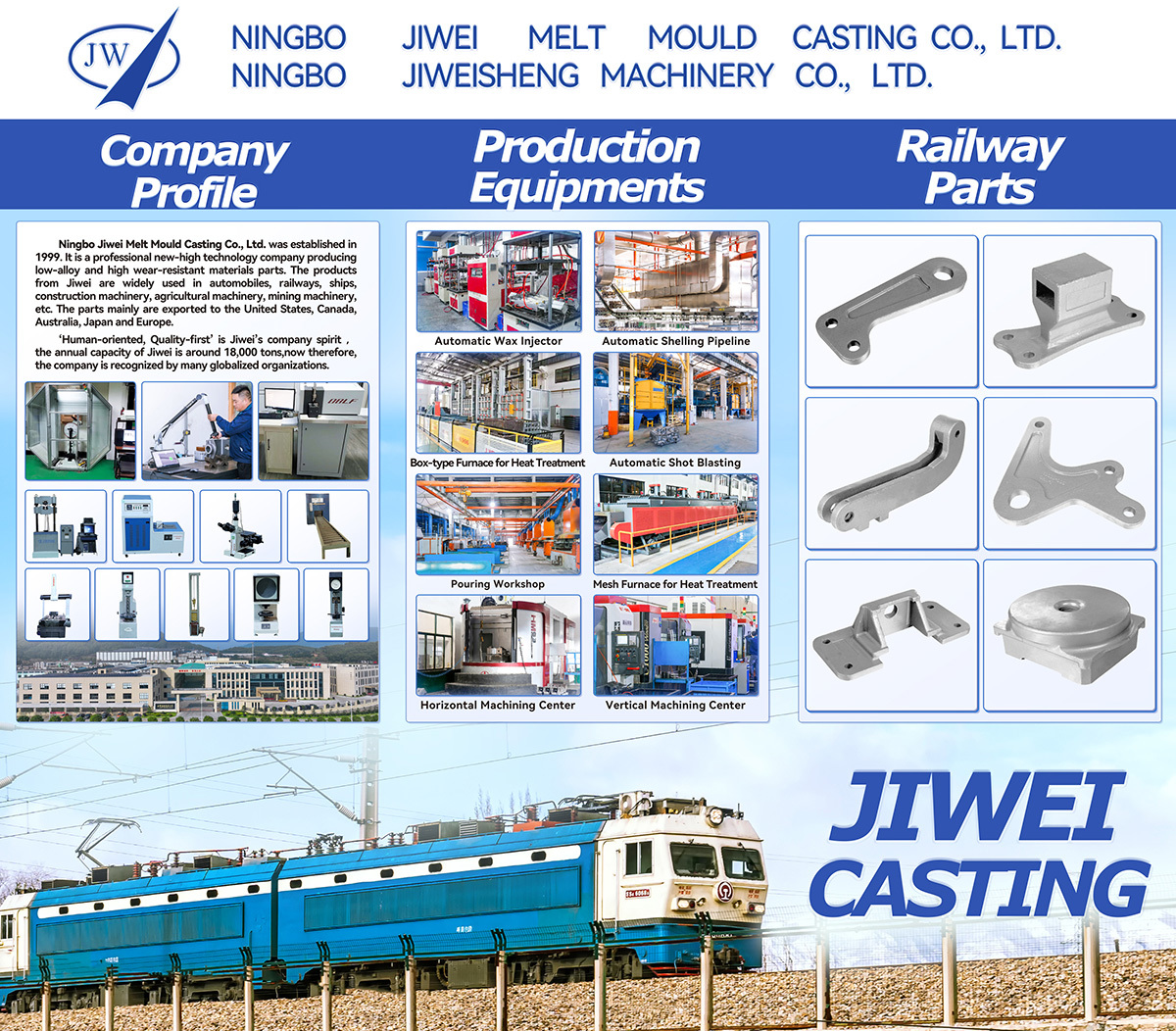24 Oct,2025
Railway Steel Casting Manufacturer
Railway Steel Casting plays a vital role in the railway industry. It is used to produce components like wheels, couplings, and bogie frames. High - strength steel is cast to ensure durability and resistance to heavy loads and continuous stress.
Railway Steel Casting plays a vital role in the railway industry. It is used to produce components like wheels, couplings, and bogie frames. High - strength steel is cast to ensure durability and resistance to heavy loads and continuous stress. Precise casting techniques are employed to meet strict safety and performance standards for railway systems.
Railway Steel Casting components are fundamental to the safety, efficiency, and durability of modern railway systems worldwide. These precision-engineered parts are manufactured through a specialized steel casting process, resulting in superior metallurgical properties and structural integrity. The primary application of Railway Steel Casting is in the assembly of critical subsystems, including bogies, couplers, yaw dampers, and brake systems. The exceptional strength and impact resistance inherent in Railway Steel Casting ensure reliable performance under extreme operational conditions, such as heavy loads, high speeds, and constant vibration.

A key highlight of Railway Steel Casting is its exceptional wear resistance and fatigue strength, which significantly extends the service life of railway vehicles and reduces long-term maintenance costs. The manufacturing process allows for the creation of complex geometries that are difficult or impossible to achieve with other fabrication methods, providing optimal design solutions for specific mechanical and safety requirements. Every Railway Steel Casting undergoes rigorous non-destructive testing and quality control checks to guarantee dimensional accuracy and defect-free performance. This commitment to quality ensures that these components consistently meet the stringent international standards for the railway industry, making them indispensable for building robust and dependable rail transportation networks.







